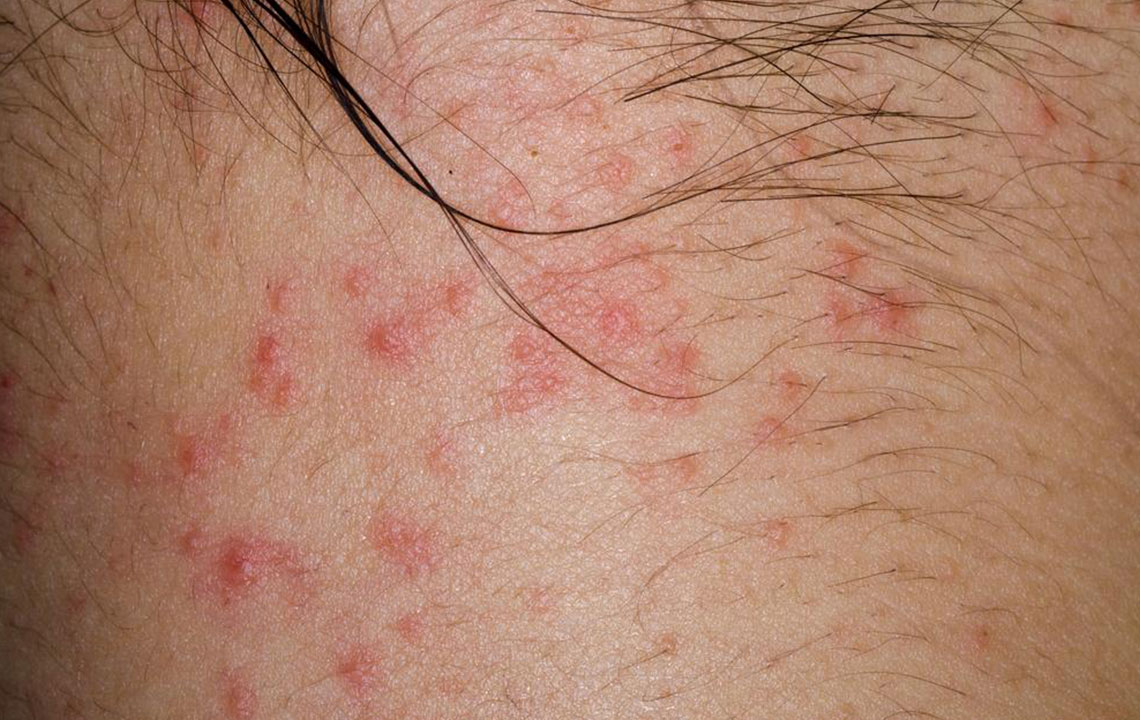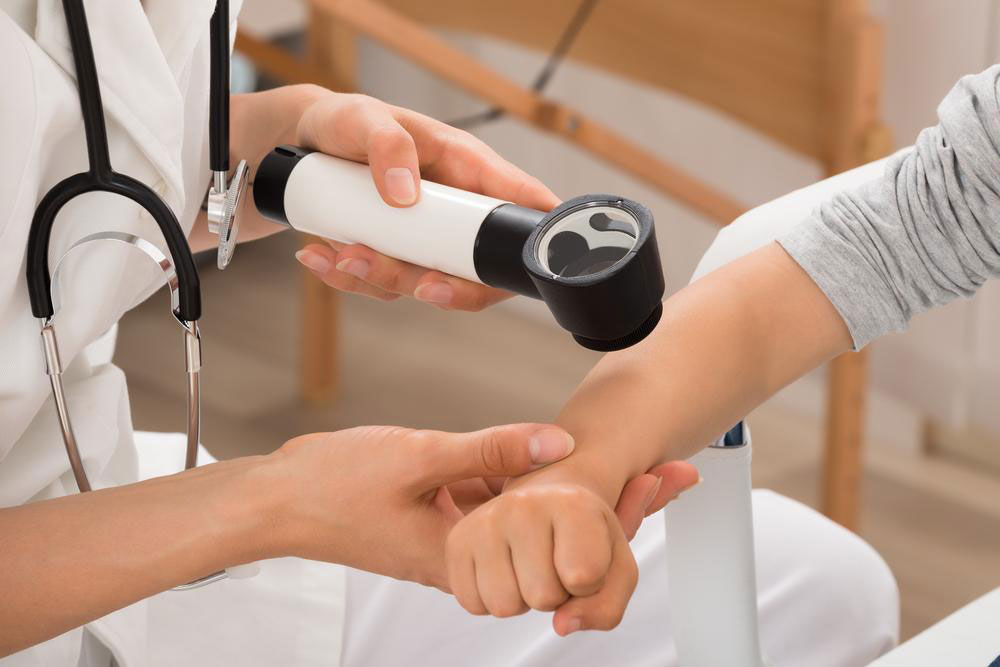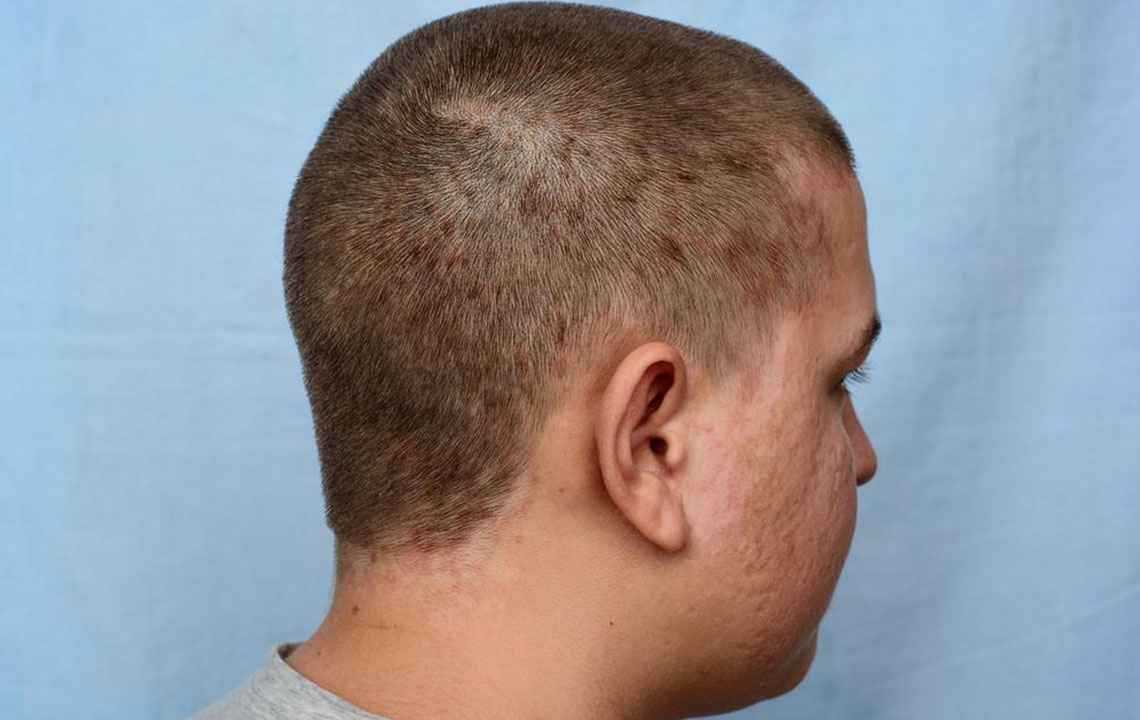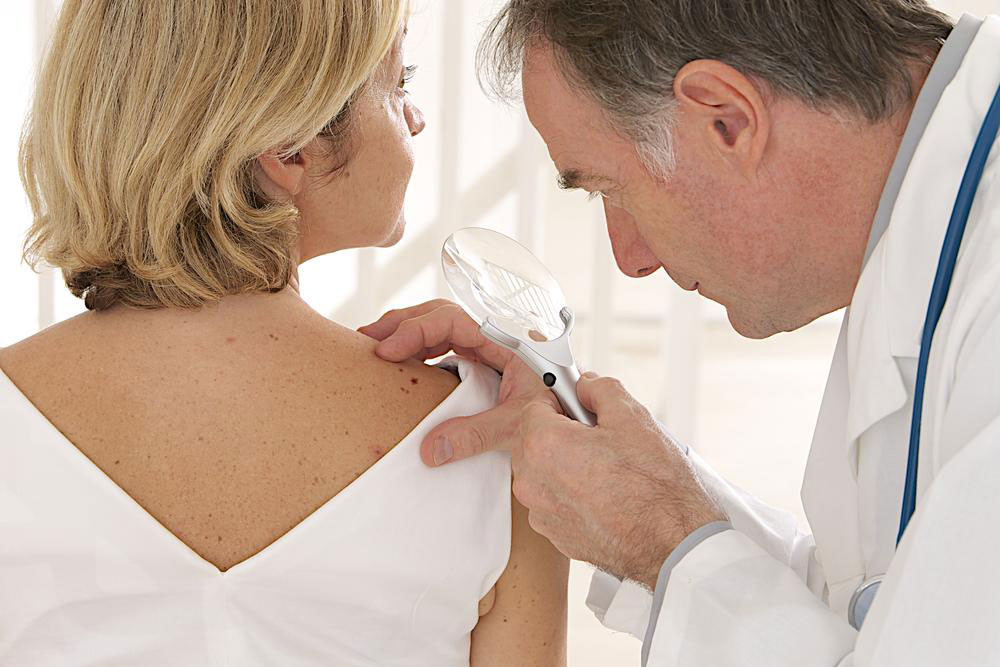Comprehensive Guide to Recognizing and Managing Atopic Dermatitis
This comprehensive article explains atopic dermatitis, highlighting symptoms, triggers, and management strategies. Recognizing early signs through images and understanding home remedies and treatment options can help individuals seek timely medical advice. Consulting dermatologists is essential for persistent or severe cases, especially for hand eczema. The guide aims to educate readers about effectively managing this chronic skin condition for better skin health and comfort.

Comprehensive Guide to Recognizing and Managing Atopic Dermatitis
Skin conditions can cause temporary discomfort or lead to chronic health issues. Atopic dermatitis, also called eczema, is a persistent skin problem characterized by itching, redness, and skin changes. Early diagnosis and proper care can significantly improve quality of life. Recognizing the signs and understanding triggers are essential steps. Consulting a dermatologist will help identify the condition and determine effective treatment options tailored to individual needs.
What is atopic dermatitis?
Atopic dermatitis is a common inflammatory skin disorder affecting both children and adults.
It is believed to have a hereditary component, passing through generations.
Although the exact cause remains unknown, various factors can trigger flare-ups and worsen symptoms.
Common triggers for atopic dermatitis include:
Using harsh soaps and detergents that dry out the skin.
Wearing woollen or rough fabrics that cause itching.
Exposure to environmental pollutants like pollen, mold, pet dander, or dust.
Living in low-humidity environments which can dry out the skin.
Browsing atopic dermatitis images online can help understand triggers and severity for better management.
Can images help identify atopic dermatitis symptoms?
Atopic dermatitis appears as red patches, blisters, and crusted areas from fluid leakage on the skin.
Online images of the condition can assist in recognizing early signs and stages.
Observation of symptoms like raw, swollen, or dry patches can aid in early intervention.
Home remedies for managing atopic dermatitis symptoms
Managing inflammation and preventing flare-ups can be achieved with simple home measures.
Regular moisturizing using natural oils like coconut, almond, or olive oil helps soothe dry skin.
Applying medicated creams can relieve persistent itching and discomfort.
Soaking affected areas in warm water mixed with baking soda for up to 15 minutes can alleviate inflammation.
Using a humidifier to maintain moisture in the air prevents skin from drying out further.
Popular treatment options for atopic dermatitis
Management may involve OTC creams, prescription medications, and light therapy treatments.
Topical moisturizers and anti-inflammatory drugs are common recommendations.
For resistant cases, doctors may prescribe specialized treatments, including phototherapy.
Who to consult for hand eczema related to atopic dermatitis
Reviewing specific images of hand eczema can help assess severity.
A dermatologist specializing in skin conditions provides the most appropriate treatment.
Persistent inflammation on the palms may indicate hand eczema, distinguished from other skin issues like psoriasis.










